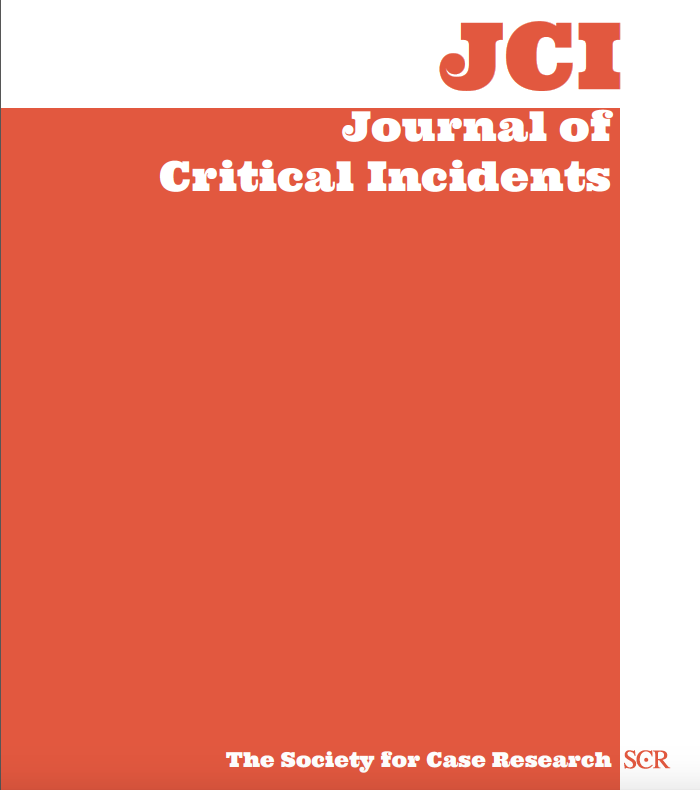ANCESTRY.COM: Evaluating the Past to Strategize for the Future

Since its founding as three internet genealogy sites in 1996, Ancestry.com (Ancestry) evolved as a public and private firm consisting of four product lines, each with different growth potentials and market share prospects, hoping to achieve its vision and mission. In 2020, Blackstone Group purchased Ancestry; in March 2021, it hired Deborah Liu as its CEO. Liu was excited to take over the helm, despite Ancestry’s strategic challenges in technology, competition, and product branding. Genetic test kits that analyzed and predicted family legacy remained the core product of the Personalized Genomics (PG) industry. Its key niches contained products that traced family history, revealed DNA traits, and provided health reports. Ancestry offered four product lines that competed in each key PG industry niche, but it dominated in the genetic testing kit niche. In early 2021, AncestryHealth was discontinued to improve Ancestry’s success and competitive edge in the increasingly competitive genetic industry.
The CI conclusion indicates a focus on different strategic frameworks the CEO might use at year-end 2021 to reassess strategic decisions made in the past regarding AncestryHealth and the resulting Ancestry business model. When completing this CI, students should be able to:
1. Describe and select strategic formulation models that are appropriate for determining the competitive advantage.
2. Evaluate the importance of the strategic formulation for strategic planning of changed product portfolios.
3. Illustrate the most appropriate strategic formulation model for changed product portfolios.
